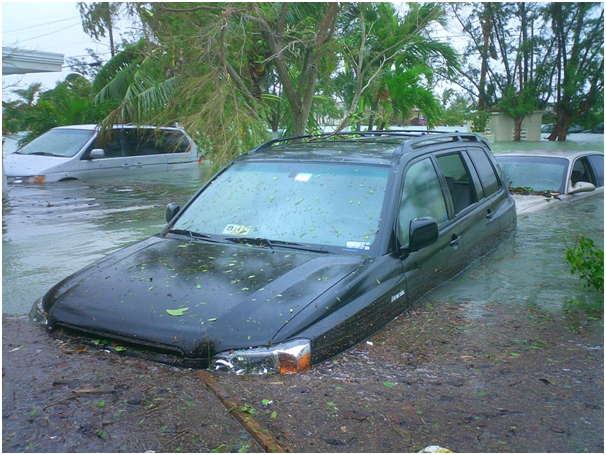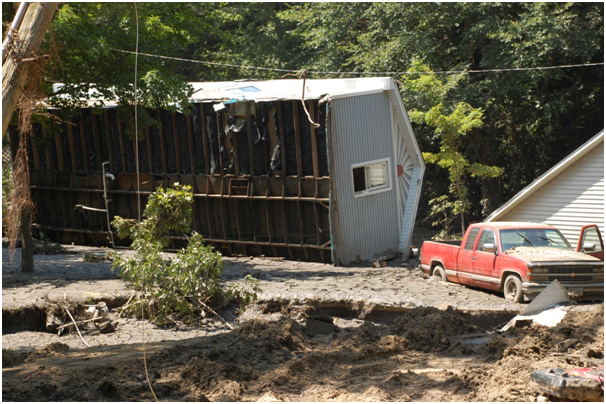Flooding can have all kinds of effects on vehicles, so let’s take a look at some of the ways in which water damage can be assessed and repaired.

Always remember that the responsibility for keeping commercial vehicles roadworthy lies with the owner. Details about the systems and responsibilities involved and are available on the government website.
Salt water or fresh?
The first thing to ascertain is whether the damage caused by fresh water or salt water. If the answer is salt water, you will probably need to start replacing parts; for example, air brake valves will lose their lubrication if submerged in salty water and will begin to corrode.
Any brake valve that has been in contact with salt water will need replacing, as will ABS (antilock brake system), relay modulators, air reservoirs and air compressors.
Sea water will also corrode wheel-ends over time, so they will need checking and replacing if damaged.
If the vehicle could have been flooded by sea or fresh water, it is best to assume salt water damage and act accordingly.

If you are certain that the flood was purely fresh water, you should power wash your vehicle to determine the damage to components, including the foundation brakes.
Once everything is cleaned up, pay special attention to the brake valves, charging system and wheel-ends.
Electronics
Whether it was fresh or salt water that flooded your vehicle, the electronics are likely to be shot. Check the extent of the damage by running a diagnostic download on the stability control system and the ABS.
If your ECU is working, this will check the harnesses, sensors and solenoids for you. If you are lucky and the electrical damage is limited, you should contact electrical control components manufacturers to order replacements. There are some great online sellers out there, such as www.osmelectrical.com/.
Safety first
If you are in any doubt as to the extent of the flood damage caused to a vehicle, get it checked over by a professional before you use it again. Using a vehicle that may not be roadworthy is a danger to you and to other road users, and is also highly illegal. Once you have ordered your replacement parts, it is best to have them fitted by a trained mechanic rather than attempting this yourself.
